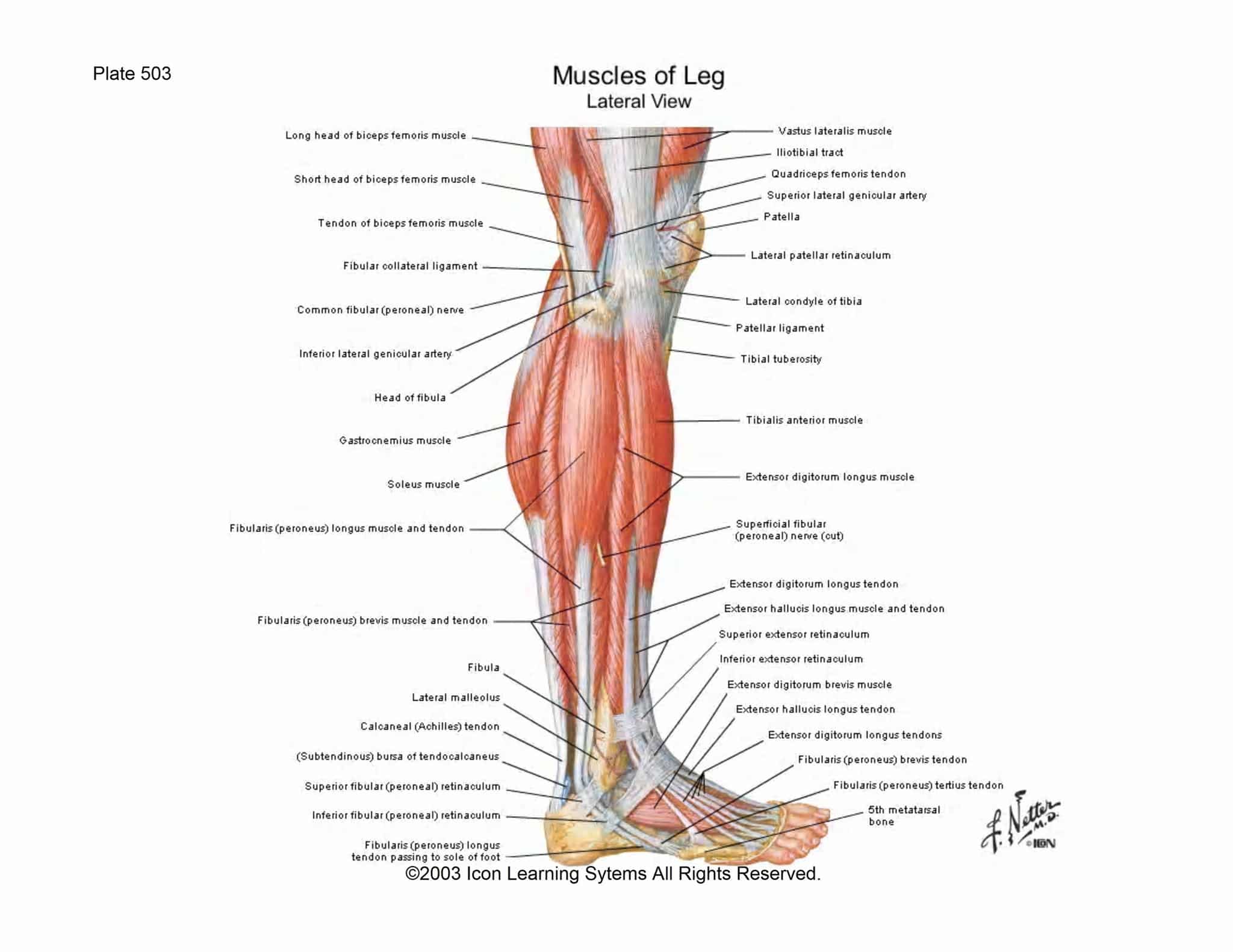Keeping Knees safe in Hip Openers
Over the past few months, I have been working diligently toward lotus pose. This has led me to some very stark realizations about how the knees need to be protected while opening the hips, at least for those of us with tight hips. This is an anatomy article geared at learning how to appropriately safely … Read more

